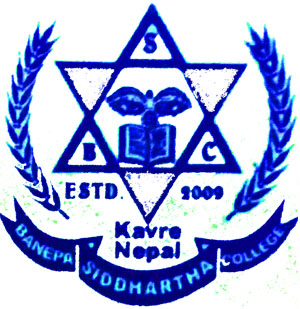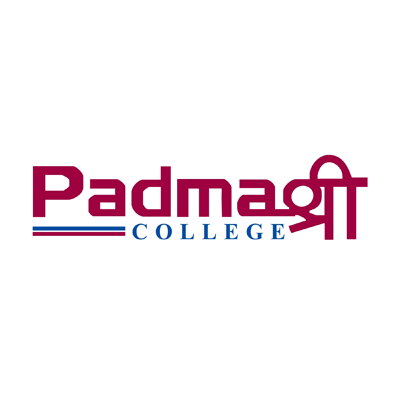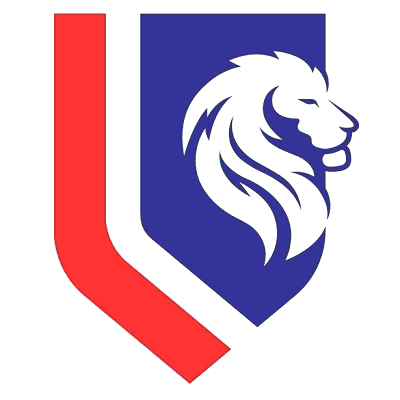Overview
Kathmandu University High School, previously known as Kathmandu University Preparatory School, was founded in 1998 with a small number of students. Initially, the school had only 60 primary students from the local area and children of the staff of Kathmandu University. The school was located in a rented building near Bansghari in Dhulikhel with a few staff members, and Mr. Aiden Warlow was appointed as the principal. The school has always been a non-profit organization under Kathmandu University.
Growth and Achievements
In the year 2000, the school shifted to its own campus in Chaukot, provided by Kathmandu University, and started to grow. Every year, the school added one intake until it reached class 10 and was renamed Kathmandu University High School. The secondary students appeared for the S.L.C examination in 2003 and secured outstanding achievements in various subjects. In 2009, the school began offering the A Level program from the University of Cambridge International Examinations.
Creating Leaders and Professionals
After 20 years of its establishment, Kathmandu University High School has successfully created a new generation of leaders and professionals with a responsible attitude towards society. The school has always been committed to imparting quality education to its students, encouraging them to think beyond rote learning and exam cramming. The students are encouraged to learn through observation, experimentation, and research.
State-of-the-Art Infrastructure
Kathmandu University High School has four major buildings for teaching from grade one to 12. Recently, the school has shifted its own Primary Boys and Girls Hostel to the school campus and relocated the Secondary Boys Hostel in the school area. This year, the school has also started offering (10+2) examinations in the Science stream along with the A Level program from the University of Cambridge International Examinations.
Promising Future
Kathmandu University High School looks forward to a promising future with the support and cooperation of highly qualified and trained teaching and non-teaching staff. The guidance of Kathmandu University and Dhulikhel Teaching Hospital has been instrumental in the school's success. The school remains committed to providing quality education and creating responsible citizens who can contribute positively to society.
Mission:
Kathmandu University High School is committed to instilling social and humanitarian responsibility in its students, empowering them to contribute to a better and more just world. The school fosters a collaborative environment while encouraging competition, enabling students to create opportunities in today's fast-changing world. By providing students with knowledge, skills, and a positive attitude, KUHS aims to engage, empower, and enable them to excel and make a meaningful impact in society.
Vision:
KUHS envisions itself as a premier educational institution, renowned globally for its commitment to diversity and inclusion. The school aims to provide a collaborative platform where students from diverse backgrounds can come together to create and share their achievements, benefiting the global community. Through these collaborations, KUHS aims to develop socially responsible citizens who are equipped with creativity and innovation to meet the demands of society.
The teaching methodology used at Kathmandu University High School:
- Non-academic skills: In addition to the government-prescribed academic curriculum, the school places importance on teaching non-academic skills that are in high demand in today's global market.
- Highly qualified faculty: The faculty consists of highly educated and trained individuals who utilize modern teaching methods and technology to provide quality education.
- Limited resources: Despite the geographical constraints, the school is committed to providing quality education through available resources.
- "Education beyond the Textbook": The institution's motto signifies that learning should not be limited to what is prescribed in the curriculum.
- Extracurricular activities: KUHS offers dance, music, art, sports, and a variety of other extracurricular activities to help students develop additional skills and interests, preparing them for future employability.
- Student-centeredness: The school prioritizes student-centeredness in and outside the classroom.
- Innovative teaching methods: Inquiry-based, cooperative, project-based, learning by doing, field visits, and audio-visual aids are used to help students broaden their horizons and acquire new skills.
- Participatory and instructional teaching methods: Each lesson is designed to be student-centered and interactive.
- Parent and student satisfaction: Parents and students alike have expressed satisfaction with the institution due to its modern pedagogical strategies and overall approach to education.
Scholarship Information:
KUHS offers various scholarships and awards to its students, including a strong partnership with Fudan University in China, which grants three full scholarships for both engineering and medicine annually to KUHS students. Additionally, there are extra spots available for those who can support themselves financially, and five KUHS students are currently studying at Fudan University.
Furthermore, KUHS has launched The Duke of Edinburgh's International Award, a structured non-formal education program that aims to develop youth. This program has awarded over 70 KUHS students with the Bronze Award since its launch in 2010. The program empowers young students aged 14-25 to reach their full potential regardless of their location and circumstances by teaching them new skills, improving their physical well-being, volunteering in their community, and embarking on an adventure. Adult leaders, assessors, supervisors, and mentors support all participants. Additionally, this award may help KUHS students obtain scholarships at international universities since over 8 million youths from 140 countries participate in the program worldwide.
Contact Kathmandu University High School's administrative office for detailed information on the course, admissions, location, fees, scholarships, facilities, counseling, or eligibility. You can also stay updated, share reviews, explore academic courses, ask questions, and join discussions.

















